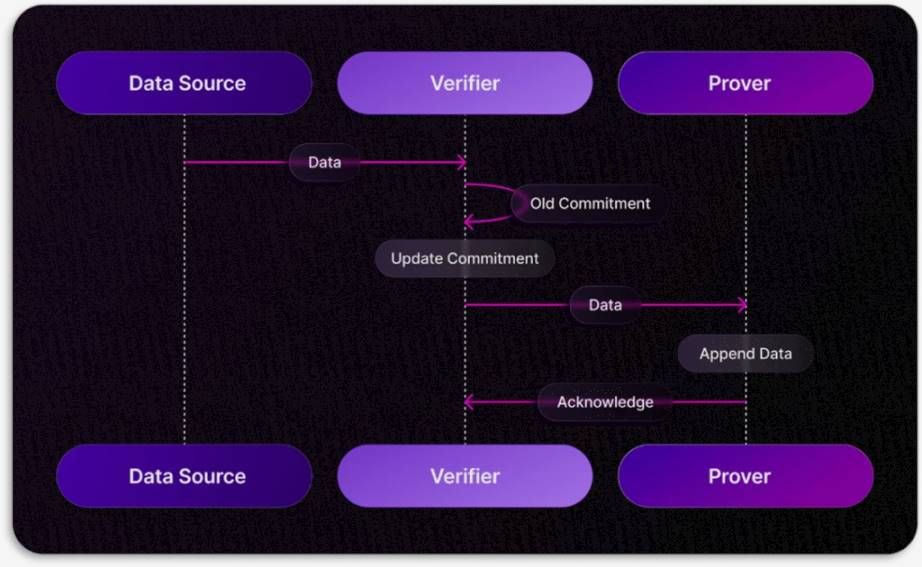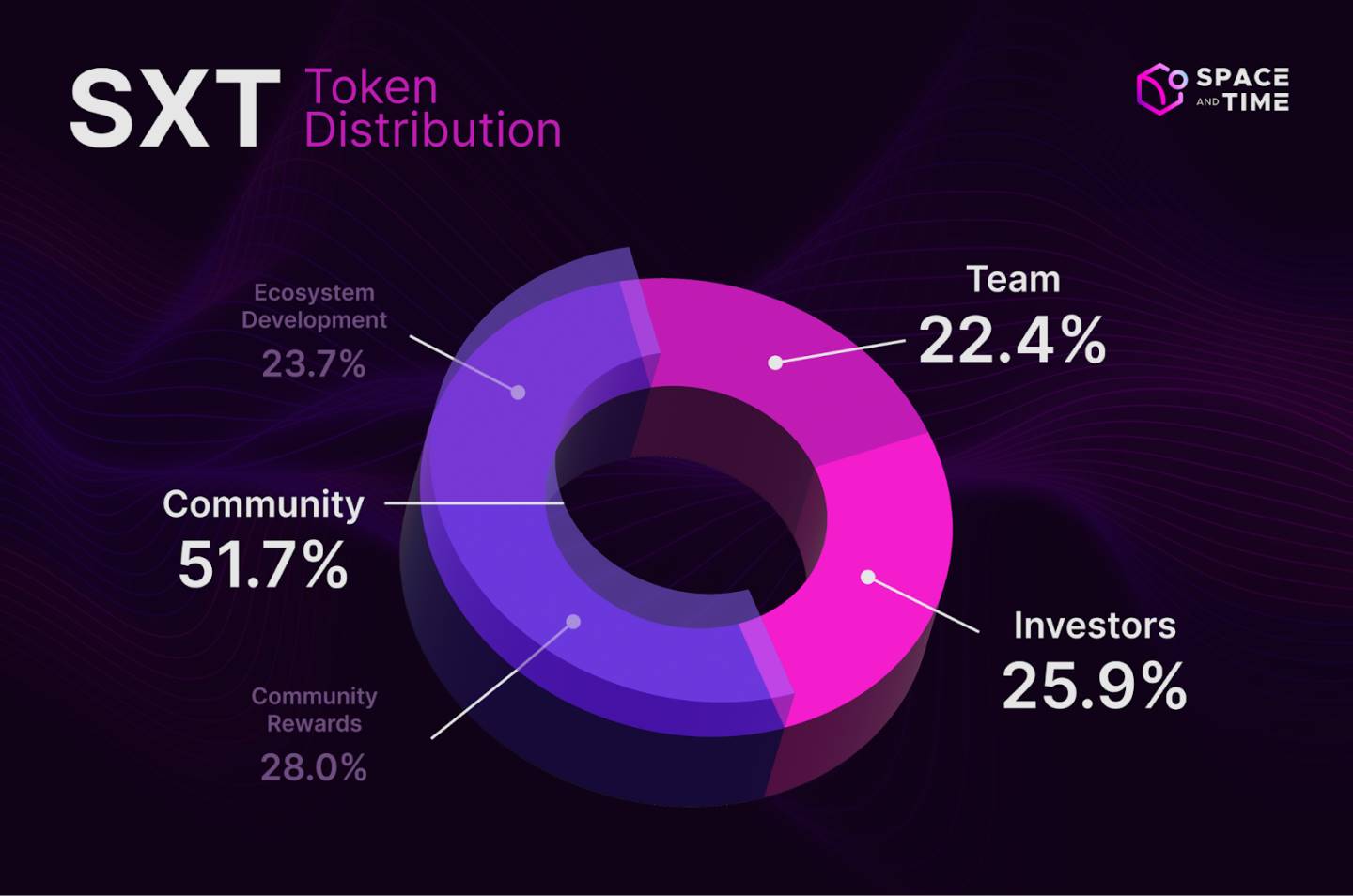Entering the decentralized data processing space, Microsoft has big ambitions.
Written by: Bright, Foresight News
On the evening of May 20, it was reported that Microsoft is collaborating with the crypto startup Space and Time Labs (SXT) to integrate new blockchain data sources into its Fabric analytics platform. Space and Time will provide Fabric users with "real-time, verifiable" data sources for Bitcoin, Sui, and Ethereum on the Microsoft Azure OneLake platform, which offers a single cloud storage account known as "data OneDrive."
Space and Time (SXT) is a decentralized database project based on zero-knowledge proofs (ZK), aimed at solving the data processing challenges of blockchain smart contracts. Its core technology is the Proof of SQL protocol, which unifies on-chain (such as Ethereum, Bitcoin) and off-chain (such as traditional databases, IoT data) diverse data into SQL-compatible structured tables, allowing developers to query data using standard SQL statements and generate zero-knowledge proofs to verify the correctness and completeness of the results.
SXT has received two rounds of investment from Microsoft's M12 fund (leading a $20 million investment in 2022 and participating in a $20 million Series A round in 2024) and has collaborated with platforms like Binance and Chainlink. In May 2025, it launched on Binance Launchpool and Binance Alpha, and conducted airdrops for Chainlink stakers and Binance Alpha users.
Solving On-Chain Issues, Bridging to Reality
Currently, blockchain smart contracts face four major data dilemmas: difficulty in obtaining cross-chain data, lack of tools for complex queries, slow ZK proof generation, and the risk of centralized oracles. The veteran decentralized data indexing protocol, The Graph (GRT), focuses on improving the query efficiency of on-chain data. It incentivizes nodes (indexers) to extract and structure raw data (such as transactions and contract events) from public chains like Ethereum and Polygon into queryable API interfaces (Subgraphs), allowing developers to quickly access on-chain information using GraphQL. However, its functional limitations are quite real: it only supports on-chain data, does not involve off-chain or cross-chain integration, and lacks an encryption verification mechanism for query results, relying on economic constraints of nodes for data credibility.
The SXT chain, centered around the Proof of SQL protocol, addresses some of the native data processing issues of blockchain while also introducing real-world data processing capabilities:
For example, sub-second ZK proofs. SXT supports standard SQL syntax (JOIN, GROUP BY, time series analysis, etc.), enabling cross-chain data association (such as "total staking amount of address A on ETH/BSC/zkSync") and historical trend analysis (such as "reasons for trading volume fluctuations on a certain DEX in the past 30 days"). It has announced the use of GPU acceleration, allowing the generation of corresponding zk-SNARK proofs in "sub-second" time, significantly faster than the tens of seconds required by traditional zkVMs. Additionally, SXT supports querying data at the 100GB level, achieving "sub-second verification of on-chain data."

Moreover, SQL query freedom. SXT transforms on-chain data from Ethereum, Bitcoin, etc., into SQL-compatible table structures and supports the integration of off-chain data sources (SQL databases, APIs, IoT streams) for cross-chain integration. For instance, it can synchronize and store a company's off-chain sales data with on-chain transaction records to form a unified dataset. Developers can directly query complex data such as historical transactions and cross-chain assets using SQL statements without relying on centralized oracles.
Furthermore, SXT's three-layer node architecture is also cleverly designed. Index nodes extract data from mainstream public chains and store it in a structured manner, with SXT staking ensuring data authenticity, and malicious actions resulting in token forfeiture; proof nodes handle query requests and generate ZK proofs, achieving performance that is an "order of magnitude breakthrough" compared to traditional solutions; validators maintain data immutability through BFT consensus, ensuring that on-chain commitments are consistent with underlying data.

Microsoft's Investment, Diverse Applications
The emergence of the SXT chain once again fulfills the imagination of diverse application scenarios. Perhaps this is also the reason why SXT has continuously received investments from Microsoft's M12 fund (leading a $20 million investment in 2022 and participating in a $20 million Series A round in 2024).
In the DeFi sector, it can analyze user multi-chain asset dynamics in real-time to adjust lending rates or integrate user assets with protocol health data to support complex derivatives; in enterprise-level scenarios, institutions like FTI Consulting use it to generate tamper-proof audit reports to meet SEC and other regulatory requirements, while industries with strong audit demands, such as IoT, can further ensure data integrity with SXT; in the AI field, it can combine on-chain data with Azure OpenAI to train trustworthy models, such as intelligent trading robots predicting market trends. In the blockchain gaming scenario, off-chain game events can be imported into SXT and sent to NFT smart contracts with accompanying ZK proofs, enabling on-chain attribute evolution (levels, skins, rewards). Game studios can analyze player behavior and item economies across chains without relying on centralized data storage.
Moreover, the idea of monetizing data on-chain is more likely to become a reality. When a dataset is queried, the publishing entity can receive SXT token rewards. This also encourages multiple parties to contribute and query shared data, creating favorable conditions for establishing a trustless database alliance.
In terms of token economics, over 50% of the total supply of 5 billion $SXT tokens belongs to the community, used to incentivize node staking, data provision, and developer ecosystems, with stakers earning annualized returns and data publishers sharing revenue based on query volume.

Despite facing challenges in technology implementation and regulatory compliance, the SXT chain, backed by Microsoft and supported by Chainlink, with its differentiated positioning of "trusted data + SQL queries," is expected to become a core layer of Web3 data infrastructure, promoting the expansion of blockchain from financial applications to enterprise-level data services.
免责声明:本文章仅代表作者个人观点,不代表本平台的立场和观点。本文章仅供信息分享,不构成对任何人的任何投资建议。用户与作者之间的任何争议,与本平台无关。如网页中刊载的文章或图片涉及侵权,请提供相关的权利证明和身份证明发送邮件到support@aicoin.com,本平台相关工作人员将会进行核查。




